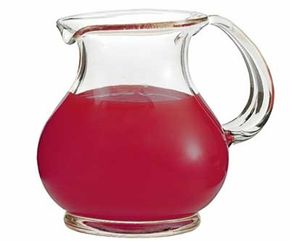You might not want to talk about them, but infections of the urinary tract and genital area are not only annoying, they can be dangerous. Their symptoms can include painful and frequent urination, fever, chills, abdominal and back pain, and itching. Fortunately, there are practical steps you can take to avoid these infections and keep your private parts working their best. In this article, we'll look at bladder infections, kidney infections, and yeast infections. Here's a quick preview:
- Preventing Bladder InfectionsThe most common cause of bladder infections is E. coli bacteria. Symptoms of this common urinary tract infection (UTI) include painful urination; frequent urination; cloudy, blood-tinged, or smelly urine; abdominal pain; and fever. Women are at greater risk for bladder infections than men. Fortunately, bladder infections are easily treated with antibiotics. Drinking lots of water -- and going to the bathroom as soon as you have the urge -- can ward off bladder infections.
- Preventing Kidney Infections Kidney infections can be caused by the same bacteria that cause bladder infections, or by bacteria in your bloodstream from another infection in your body. Sometimes kidney infections result from an untreated, or poorly treated, bladder infection. A person with a kidney infection might have the same symptoms as a bladder infection, plus severe back and abdominal pain and a high fever. The good news is prompt treatment with antibiotics will clear the infection.
- Preventing Yeast Infections Candida albicans, a yeast normally found in your body, can become out of balance and multiply, causing a yeast infection. Yeast infections occur inside the vagina and around the vaginal opening. The uncomfortable symptoms include itching, discharge, pain, and redness. A physician can diagnose the infection, and over-the-counter treatments are available. There are also several steps you can take to avoid yeast infections.
This information is solely for informational purposes. IT IS NOT INTENDED TO PROVIDE MEDICAL ADVICE. Neither the Editors of Consumer Guide (R), Publications International, Ltd., the author nor publisher take responsibility for any possible consequences from any treatment, procedure, exercise, dietary modification, action or application of medication which results from reading or following the information contained in this information. The publication of this information does not constitute the practice of medicine, and this information does not replace the advice of your physician or other health care provider. Before undertaking any course of treatment, the reader must seek the advice of their physician or other health care provider.
Advertisement


